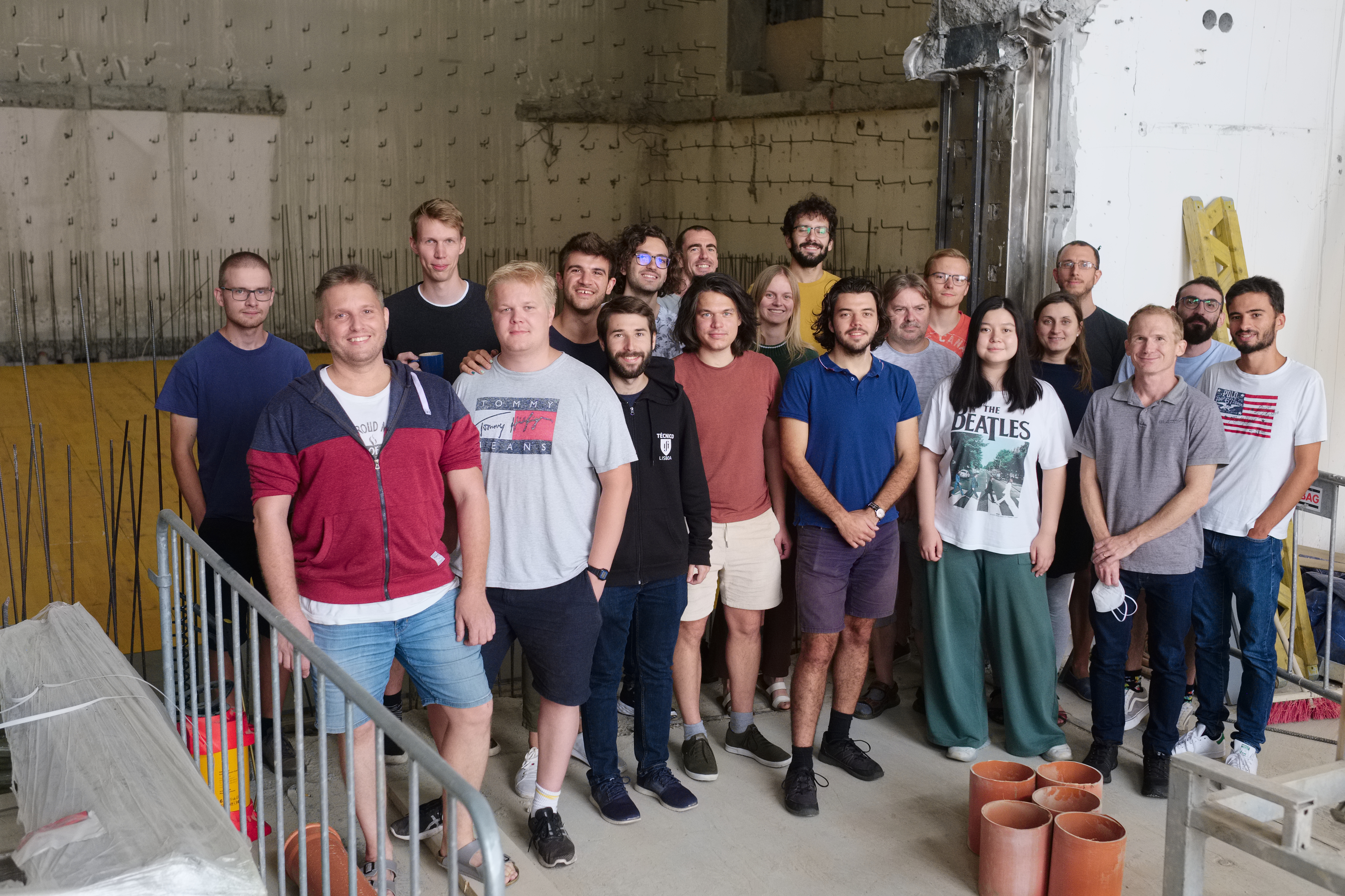Hannah Lindl - SUMTRAIC 2022
The last two weeks, I participated in the SUMTRAIC summer school in Prague, Czech Republic. The summer school was organized by the institute of plasma physics of the Czech Academy of Science (IPP CAS) and focused on data analysis of the COMPASS tokamak. After introductory lectures on the first day, we were divided in small groups each working on their own topic. My task was to explore the separatrix operational space of COMPASS. Together with our supervisors, we had a look at different diagnostics and analyzed their data. On the last day, each group gave a presentation in front of about 50 people, which was a good experience.
What I mostly enjoyed about the work there is that all projects are part of current research, so all the supervisors were really motivated and interested in our results. If everything goes as planned, we will continue working on some topics and even try to publish it.
Apart from working at the IPP, we got to spend a great time in Prague. The summer school organized a welcome party and a city tour for us, and also a visit to the university’s tabletop tokamak GOLEM and their plasma lab. And there also was time to explore Prague at night :)
In conclusion, I am really grateful for the time I got to spend there.
Big thanks to FuseNet for their support, it made the trip much easier!
Martino Bonisolli - SUMTRAIC 2022
I am a physics student at Università degli Studi di Milano. Currently, I am doing my master thesis at Max Planck institute for Plasma Physics in Garching (Munich). There I came to know about the SUMmer TRAIning Camp (SUMTRAIC) in Prague by the organizer of the course, Jordan Cavalier.
SUMTRAIC is a 12 days training course focused on plasma fusion devices (that is Tokamaks), with the goal of teaching about Plasma properties and Tokamaks by doing. On the first day, some general classes about Python and Tokamaks are held, then the tokamak site is visited and, at the end, one topic is assigned to each group (typically 2 to 3 people) and explained. During the following ten days, my group had to study the physics of the electric field in the scrape‐off layer (SOL) correlated to divertor conditions: Dr. Dominik Brida proposed a new formula based on the two‐point model to calculate plasma potential and electric field in the sol from the corresponding quantities at the divertor. To do so, fast swept Ball‐pen and Langmuir probes as well as floating Langmuir probes mounted on the divertor and on a support reciprocating in the SOL upstream. We worked day by day with Dr. Jiri Adamek (the inventor of the Ball‐pen probe) and Dr. Jordan Cavalier and obtained quite promising results, which we presented in front of the other course participants and employees of IPP CAS (the Plasma Physics institute of Prague) on the last day.
The data analysis required quite some time, nonetheless we had the opportunity to explore the city and the surroundings (Kutna Hora, a vineyards and silver‐mines city close by, is totally recommended), as well as to try the local food, beer and leisure facilities. On the first Wednesday, we had dinner with the supervisors, while on Sunday we explored together the city with its principal monuments.
I have to say that I totally fell in love with the city, the architecture is elegant and harmonious, with beautiful parks and nice activities to do. I definitely recommend this experience, both for having worked with great experts of the nuclear fusion field and having met new friends and collegues.

